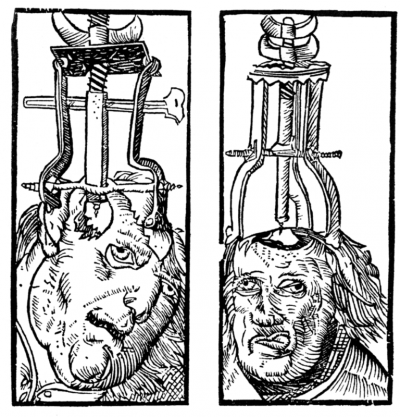History of Mental Illness
References to mental illness can be found throughout history. The evolution of mental illness, however, has not been linear or progressive but rather cyclical. Whether a behavior is considered normal or abnormal depends on the context surrounding the behavior and thus changes as a function of a particular time and culture. In the past, uncommon behavior or behavior that deviated from the sociocultural norms and expectations of a specific culture and period has been used as a way to silence or control certain individuals or groups.

As a result, a less cultural relativist view of abnormal behavior has focused on whether behavior poses a threat to oneself or others or causes so much distress that it interferes with one’s responsibilities or relationships with family and friends.
Historical Explanations
Throughout history there have been three general theories of the etiology (causes) of mental illness: supernatural, somatogenic, and psychogenic.
- Supernatural theories attribute mental illness to possession by evil or demonic spirits, displeasure of gods, eclipses, planetary gravitation, curses, and sin.
- Somatogenic theories identify disturbances in physical functioning resulting from either illness, genetic inheritance, or brain damage or imbalance.
- Psychogenic theories focus on traumatic or stressful experiences, maladaptive learned associations and cognitions, or distorted perceptions.
Etiological theories of mental illness determine the care and treatment mentally ill individuals receive. Modern treatments of mental illness are mostly associated with the establishment of hospitals and asylums, beginning in the sixteenth century, to house and confine the poor, homeless, unemployed, criminals and those with mental illness. While inhumane by today’s standards, the view of insanity at the time likened individuals with mental illness to animals (i.e., animalism) who did not have the capacity to reason, could not control themselves, were capable of violence without provocation, did not have the same physical sensitivity to pain or temperature, and could live in miserable conditions without complaint.
Etiological theories coexist today in what the psychological discipline holds as the biopsychosocial model of explaining human behavior. While individuals may be born with a genetic predisposition for a certain disorder, certain psychological stressors need to be present for the development of the disorder. Sociocultural factors such as sociopolitical or economic unrest, poor living conditions, trauma or problematic interpersonal relationships are also viewed as contributing factors. As much as we want to believe that in present day we are above the historical treatments now considered inhumane, or that the present is always the most enlightened time, we should not forget that our thinking today continues to reflect the same underlying somatogenic and psychogenic theories of mental illness discussed throughout this superficial and brief history of mental illness.

